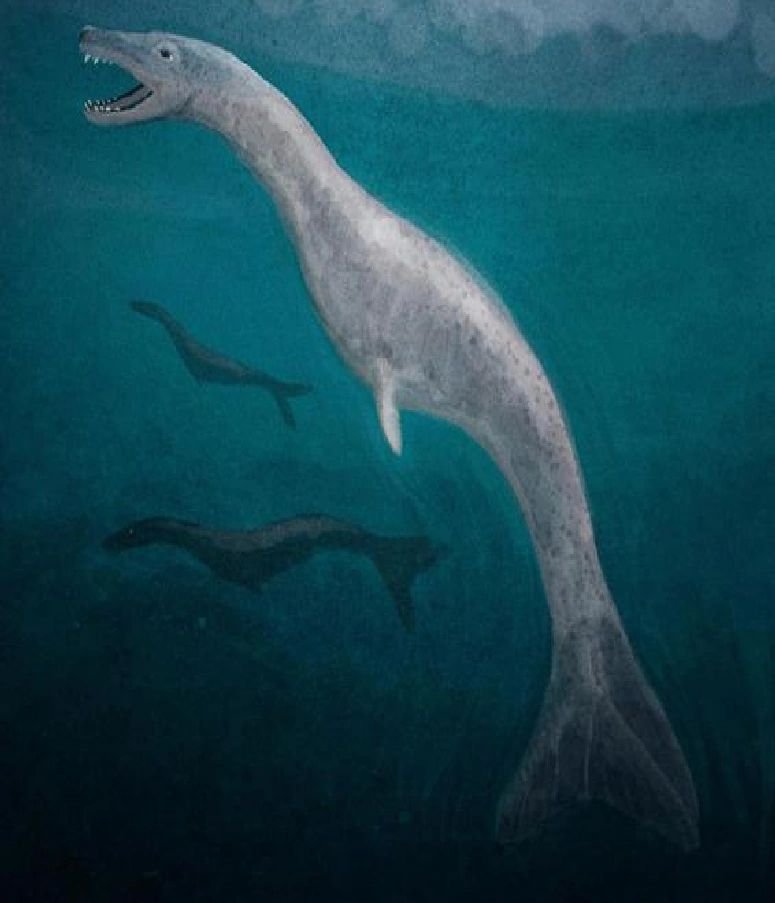The Tizheruk: Arctic Terror of the Frozen Depths
Mysterious World of Cryptids Blog Series

In the vast, ice-choked waters of the Arctic, Inuit hunters have whispered for generations of a predator far more dangerous than any bear or whale. Known as the Tizheruk, this serpentine nightmare is said to lurk in the frigid darkness, striking without warning to drag seals, dogs, and even unwary fishermen beneath the waves. Descriptions vary across Inuit communities, but common threads emerge: a long, sinuous body like a giant eel, a head resembling a grotesque fusion of seal and snake, and coils powerful enough to capsize a kayak in seconds. Unlike cryptids relegated to myth, the Tizheruk remains a very real danger in the oral histories of coastal villages, where elders warn children not to linger near cracks in the sea ice – for that is where the creature waits.
The earliest Western record of the Tizheruk dates to 1905, when explorer John MacGregor documented Inuit accounts of a “devil fish” near Point Barrow, Alaska. Witnesses described seeing a 15- to 30-foot-long beast rocket vertically from the water to snatch seals from the ice’s edge, leaving behind distinctive, barrel-sized holes. Modern sightings are rarer but no less chilling: In 2009, a team studying polar bear migrations off Baffin Island captured sonar readings of an enormous, fast-moving object diving beneath their boat – far larger than any known Arctic marine life. Marine biologists propose these encounters could involve an unknown species of giant Greenland shark or a surviving mosasaur, a prehistoric marine reptile. Skeptics counter that the accounts likely describe exaggerated interactions with sleeper sharks or even rogue walruses. Yet neither explains the Inuit’s consistent, culturally embedded knowledge of the Tizheruk’s hunting tactics, including its alleged ability to “hold its breath” for days while trapped under ice.
What elevates the Tizheruk beyond mere folklore is its ecological plausibility. The Arctic remains one of Earth’s least explored regions, with underwater caves and trenches that could conceal undiscovered megafauna. In 2022, DNA analysis of water samples near Nunavut revealed unexplained genetic material resembling no known species – a tantalizing hint that the deep north still guards secrets. For the Inuit, the Tizheruk is neither legend nor mistake, but a reminder of nature’s untamed ferocity in a landscape where humans are not the apex predators.
Is the Tizheruk a remnant of the prehistoric oceans or a myth born from the Arctic’s unforgiving isolation? With melting ice exposing previously inaccessible waters, we may soon have answers – assuming whatever lurks below wants to be found.
Final Installment Next: For our series finale, we return to one of the most iconic cryptids of all – the Jersey Devil. Born from colonial-era curses and haunting the Pine Barrens for 300 years, this winged, horse-headed monstrosity has inspired everything from folk ballads to NHL hockey teams. Why does this creature endure when others fade into obscurity? Join us as we unravel America’s oldest nightmare.